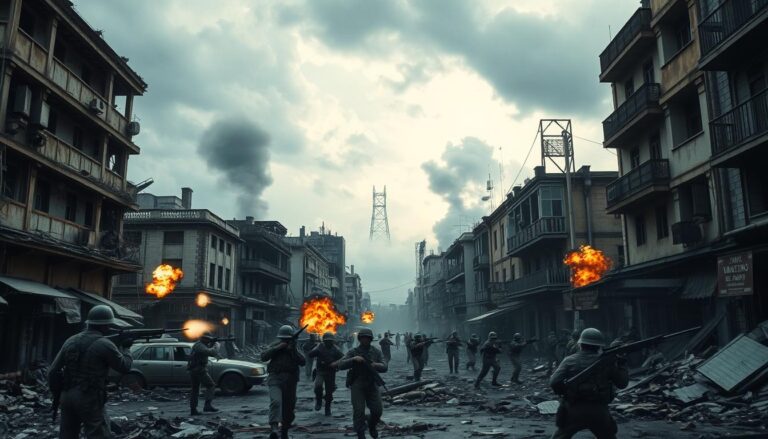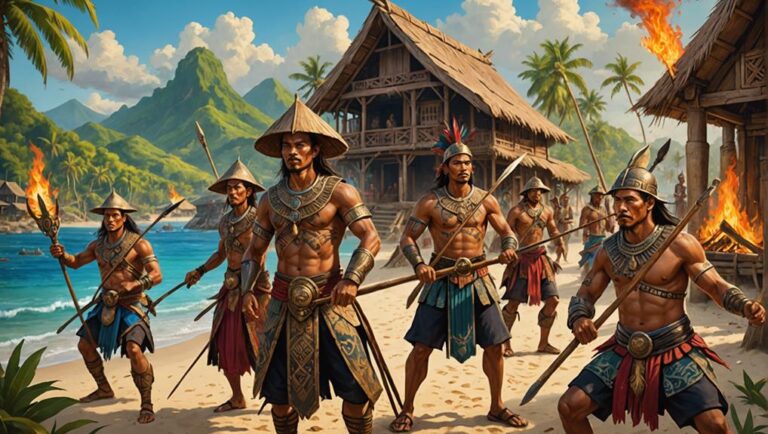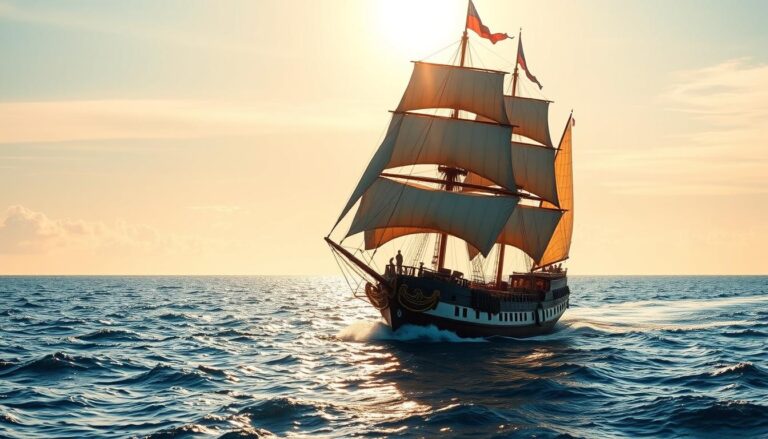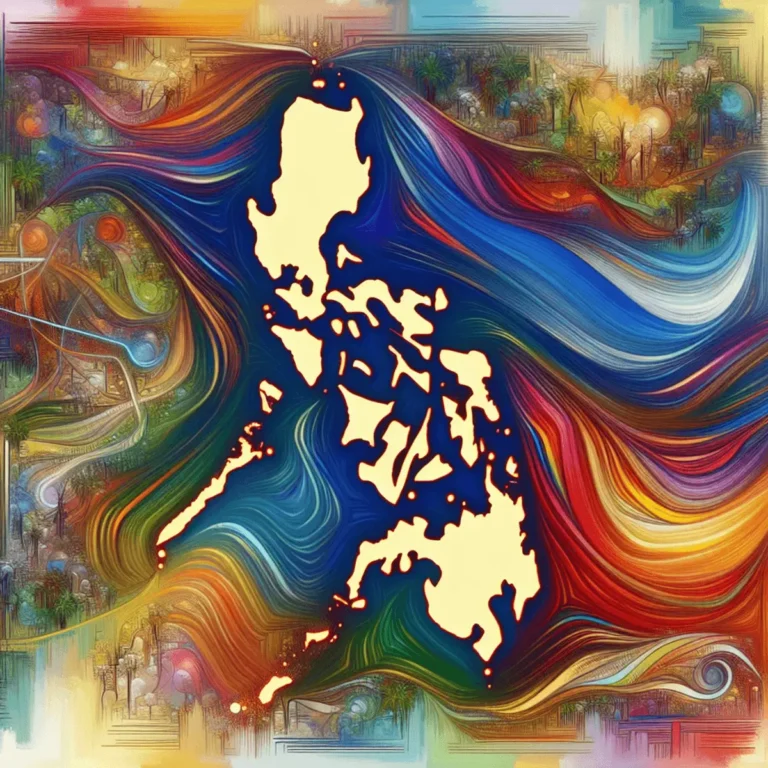Filipino Shipbuilders: The Heroes Behind Manila Galleons
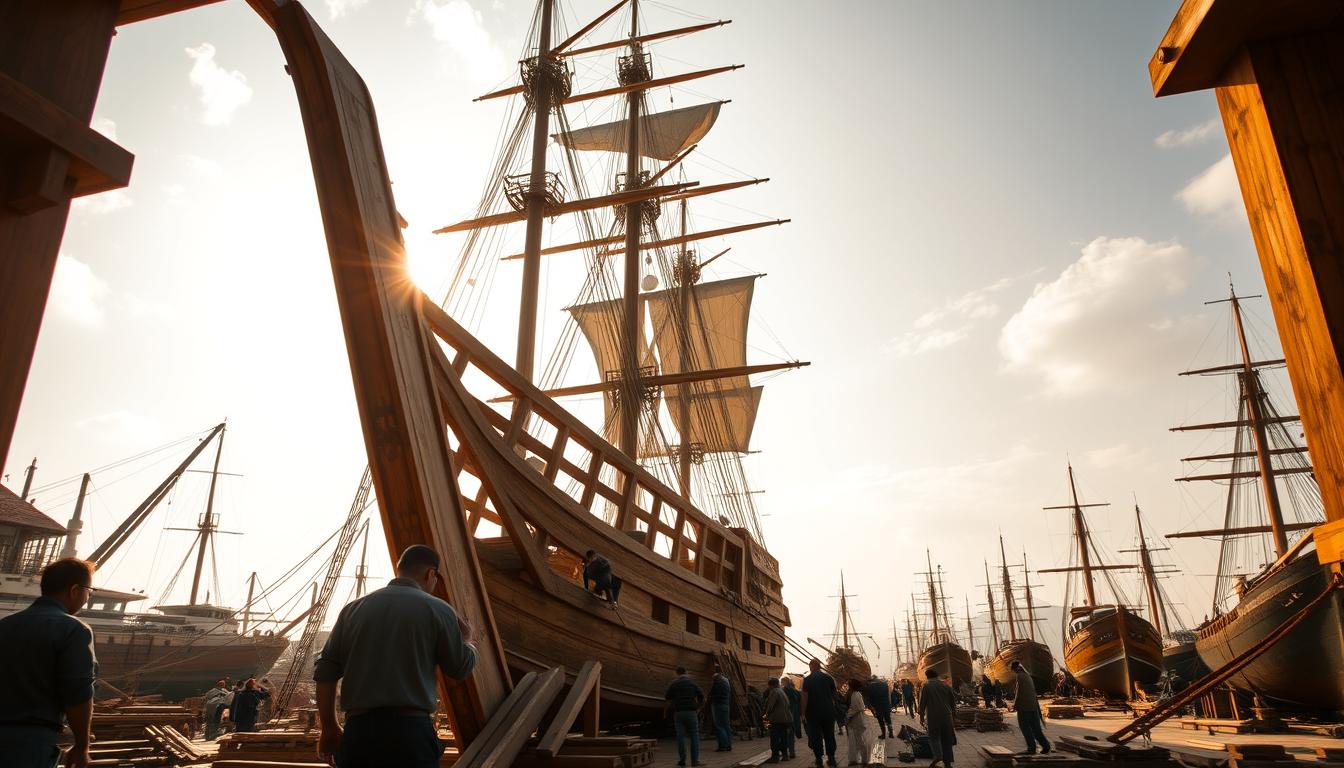
For over 250 years, towering wooden vessels crisscrossed the Pacific, carrying silks, spices, and silver. These state-of-the-art galleons didn’t just appear by magic—they were born from the sweat and skill of unsung craftsmen in Philippine shipyards. At the heart of this maritime revolution stood local builders whose expertise shaped history.
Using dense Philippine hardwoods and flexible Manila hemp, these artisans created ships strong enough to survive typhoons and pirate attacks. The Cavite shipyards buzzed with activity as thousands worked under harsh conditions. Their labor wasn’t just physical—it was a masterclass in blending European designs with Asian ingenuity.
The Manila-Acapulco route became the world’s longest trade line, powered by vessels built to last decades. Each galleon served as a floating marketplace, connecting continents while showcasing Filipino craftsmanship. From sailmakers to carpenters, local talent proved essential in maintaining Spain’s Pacific empire.
Key Takeaways
- Philippine shipyards produced durable vessels using indigenous materials like hardwood and hemp
- Cavite served as the main hub for galleon construction and repair
- Local laborers developed unique shipbuilding techniques under forced labor systems
- Galleons enabled 250+ years of trans-Pacific trade and cultural exchange
- Filipino expertise influenced maritime technology across Spanish colonies
- Each ship required thousands of workers and years to complete
Introduction: A Voyage into Philippine Maritime Heritage
In 1565, a daring maritime experiment reshaped global commerce. Spanish navigator Andrés de Urdaneta charted a return route across the Pacific Ocean, connecting Asia to the Americas. This tornaviaje breakthrough transformed the Philippines into history’s first transoceanic trading hub.
The maiden manila acapulco voyage carried Chinese silks and Philippine spices eastward. Ships battled fierce currents and unpredictable winds for months. Successful crossings proved local knowledge could conquer Earth’s largest ocean.
For two centuries, this trade route moved silver, porcelain, and ideas between continents. Manila became a melting pot where Mexican coins bought Asian textiles. The galleons didn’t just transport goods—they carried languages, recipes, and technologies.
Urdaneta’s path required precise celestial navigation. Sailors tracked stars while battling scurvy and storms. Their perseverance created a cultural bridge that predated modern globalization by 300 years.
Filipino Shipbuilders: The Heroes Behind Manila Galleons – A Legacy of Craftsmanship
Coastal workshops hummed with activity as artisans transformed native hardwoods into maritime marvels. Molave and teak – prized for their density – became hulls that withstood Pacific storms. Historian William Lytle Schurz noted: “These vessels owed their resilience to craftsmen who understood tropical materials better than any European designer.”
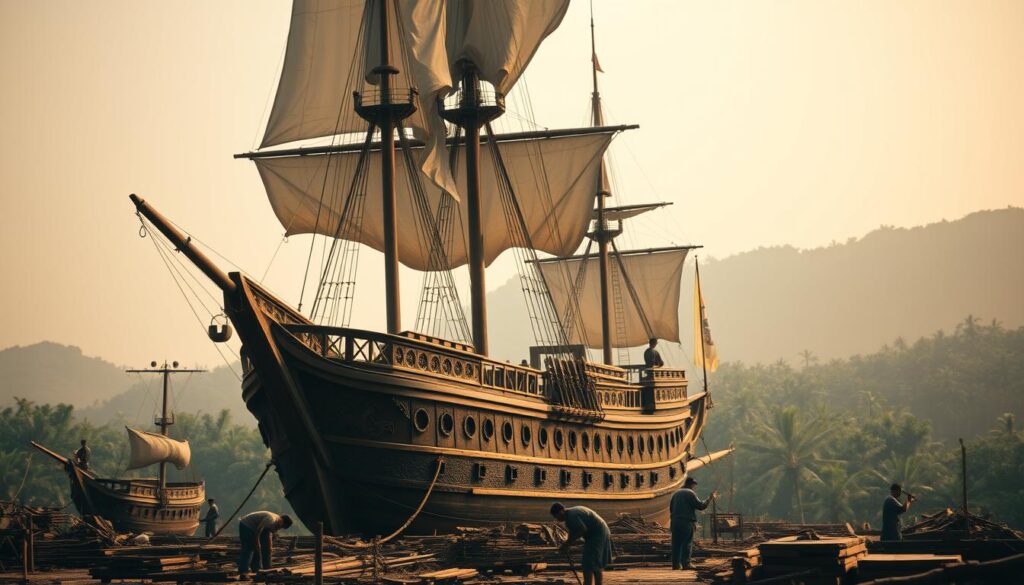
Historical Context and Significance
Shipyards became crucibles of cultural exchange. Spanish naval plans merged with local joinery methods perfected over generations. Workers developed watertight compartments using interlocking boards – a technique later adopted globally.
The trade route demanded specialized crews. Sailors trained in rigging hemp sails could adjust to sudden wind shifts. This knowledge proved vital during typhoon season, saving countless voyages.
Influence on Modern Shipbuilding
Traditional mortise-and-tenon joints still appear in Philippine boatyards today. Modern engineers study galleon blueprints to improve cargo ship durability. Even the curved prow designs echo in contemporary ferry construction.
Centuries after the last galleon sailed, these innovations remind us how necessity breeds invention. The blend of ancestral wisdom and colonial ambition created ships that changed global trade forever.
Design and Construction of the Iconic Manila Galleons
Building these floating fortresses required precision engineering. Shipwrights in Cavite developed techniques still studied by naval architects today. Their secret? Combining European hull designs with Asian woodworking traditions perfected over generations.
Innovative Shipyard Techniques
Workers created modular construction systems decades before modern assembly lines. Hulls were prefabricated in sections using interlocking joints. This allowed faster repairs during Pacific crossings. Shipyards near the Mariana Islands became critical testing grounds for storm-resistant designs.
Artisans developed specialized tools for shaping dense Philippine teak. Adzes with curved blades carved planks that fit like puzzle pieces. “The wood itself dictated the ship’s form,” noted 18th-century naval logs. These methods produced vessels lasting 40+ years – unheard of in European shipbuilding.
Materials and Traditional Methods
Three materials defined galleon construction:
- Teak wood – resistant to rot and cannon fire
- Manila hemp – stronger than European ropes when wet
- Bamboo nails – flexible fasteners that withstood expansion
The Nuestra Señora de la Soledad showcased these innovations. Its triple-layered hull survived three Pacific crossings before needing repairs. Such durability made Cavite-built ships preferred for the lucrative spice trade.
Time management proved crucial. Teams worked in rotating shifts to meet tight launch schedules. Every saved day meant reduced exposure to monsoon storms during voyages. This relentless efficiency turned Philippine shipyards into the 16th century’s most productive maritime factories.
Mastering the Galleon Trade Route: Navigational Milestones
Sailing the Pacific Ocean’s vast expanse required more than courage—it demanded celestial mastery. Mariners transformed unpredictable waters into reliable highways through trial and error. Their efforts birthed the galleon trade route, a 9,000-mile lifeline between continents.

Breakthroughs in Pacific Navigation
Andrés de Urdaneta’s 1565 tornaviaje route revolutionized maritime travel. By sailing northward to catch westerly winds, ships reduced voyage durations by months. This “route early” adjustment became the backbone of trans-Pacific crossings for centuries.
Navigators relied on star charts and lunar cycles to maintain course. As one captain’s log noted: “The heavens guided us when compasses faltered.” Crews learned to read ocean swells and bird migrations—skills borrowed from indigenous Pacific communities.
Consistent voyages fueled advancements in ship design and cargo management. Each successful trip refined storm-avoidance tactics and wind pattern maps. By the 1600s, the galleon trade operated with military precision, completing round trips in under two years.
These milestones didn’t just move goods—they connected economies. Silver-laden ships from Acapulco funded Asian luxuries, creating history’s first global marketplace. The route became a cultural conveyor belt, exchanging ideas as freely as spices.
The Lives Aboard: Crew, Roles, and Daily Challenges
Life aboard these vessels was a microcosm of colonial society. A typical crew of 300 included seasoned navigators, teenage apprentices, and laborers from distant shores. Their shared mission? Survive the Pacific’s fury while managing a floating marketplace.
Crew Hierarchy and Roles
Authority flowed from the captain to specialized roles. Pilots charted courses using celestial navigation, while carpenters patched storm-damaged hulls. “Every hand had purpose,” wrote a 17th-century chaplain. Soldiers guarded silver chests, while stewards rationed dwindling food supplies.
Many indios and workers of Asian origin filled lower decks. Their knowledge of local waters proved vital during monsoons. Young pages as young as eight learned ropes literally – scaling masts to adjust hemp sails.
Daily Life and Hardships
Months at sea tested human limits. Sailors worked 18-hour shifts during storms, their clothes crusted with salt. Scurvy ravaged crews, turning gums black and teeth loose. By voyage end, up to half might perish.
Food rotted within weeks. Men chewed leather belts when rations ran low. Yet the age-diverse crew persevered, sharing survival tricks across generations. Apprentices traded extra labor for navigational lessons.
Cultural Exchanges on Board
The galleon became a melting pot. Filipino deckhands taught Mexican soldiers to weave palm frond hats. Chinese merchants shared tea-brewing techniques using iron pots. These cultural exchanges created lasting bonds.
Even mealtimes blended traditions. Sailors seasoned rice with Mexican chili peppers, creating early fusion cuisine. Such interactions shaped identities in port cities from Acapulco to Cebu.
Economic Impact and Global Trade Dynamics
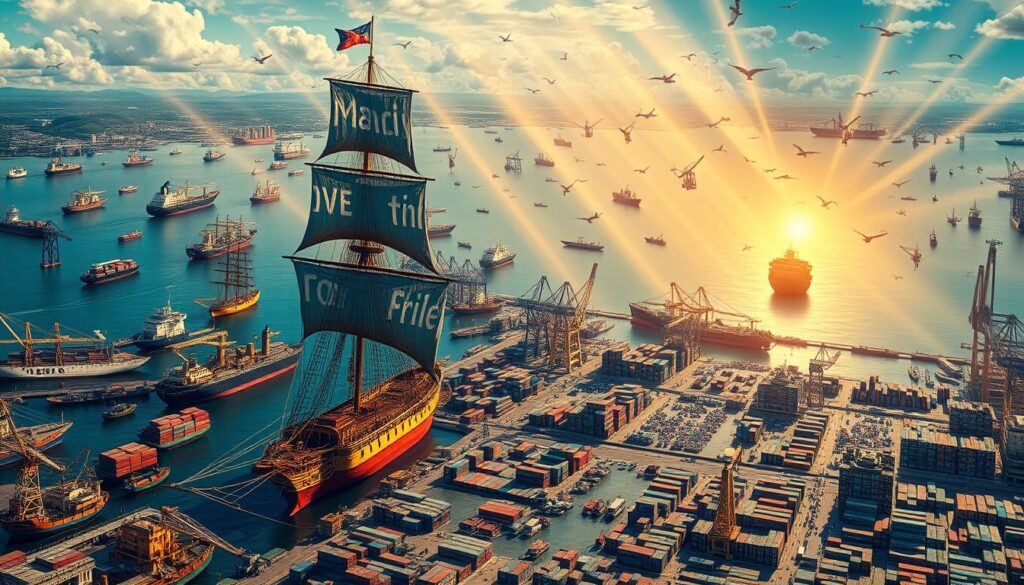
The clinking of Mexican silver coins in Asian markets signaled a new economic era. For 250 years, the galleon trade moved wealth across oceans, turning Manila into a global exchange hub. Over 400 million pesos in silver flowed through this system – enough to build 80 colonial-era cathedrals.
Silver, Spices, and Trade Winds
This maritime network created staggering profits. Merchants earned up to 400% returns by swapping American silver for Asian spices and silks. Spanish records show one 17th-century voyage carried 50 tons of silver – equal to Europe’s annual output.
| Commodity | Origin | Destination | Economic Impact |
|---|---|---|---|
| Silver | Mexico | China | Funded Asian luxury trade |
| Spices | Moluccas | Europe | Increased food preservation |
| Silk | China | Americas | Boosted textile industries |
| Hemp | Philippines | Global | Improved shipbuilding |
Foreign affairs shaped this trade route. Spain limited galleon voyages to control prices, creating scarcity that raised profits. Southeast Asian traders adapted by developing faster cargo boats to meet demand.
Modern economists compare this system to today’s supply chains. The exchange of goods and ideas laid foundations for global commerce. UNESCO now considers the Manila-Acapulco route for world heritage status, recognizing its role in connecting civilizations.
Filipino Labor and Its Enduring Influence
Beneath the Spanish colonial empire’s gleaming surface lay an engine powered by forced labor. Thousands across the Philippine Islands were compelled into shipyards through the polo system, a brutal corvée labor practice. Historical documents reveal workers earned just 4 reales monthly – less than a Spanish official’s daily wine allowance.
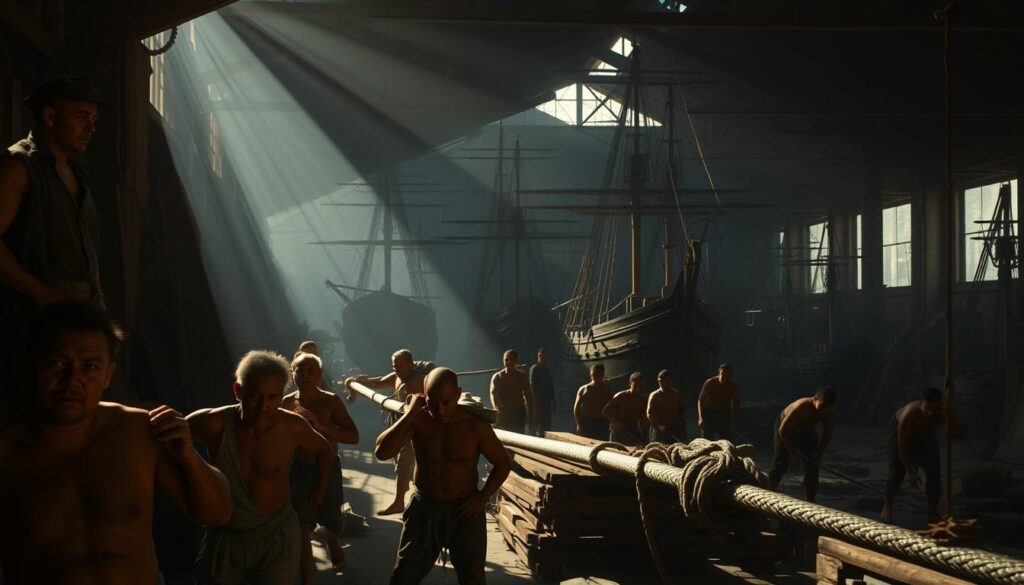
Underappreciated Contributions and Perspectives
A 1645 report from Cavite’s shipyard supervisor notes: “The indios work until their hands bleed, yet their names never grace the ships they build.” Those sentenced to serve on galleons faced worse conditions – surviving on rice gruel while navigating pirate-infested waters. Many also served as carpenters in Mexican ports, their return voyages never guaranteed.
Disparities extended beyond wages. Spanish officials recorded deaths from falls and tropical diseases as “expected losses,” while skilled craftsmen like sailmaker Gaspar Molina remained anonymous in colonial records. Their expertise in weaving hemp sails and sealing hulls with local resins proved vital for the trans-Pacific trade.
Today, these sacrifices echo in cultural traditions and economic debates. Fishermen in Visayas still use ancestral knot-tying techniques, while historians reassess the true cost of Spain’s maritime empire. The Philippine Islands’ modern identity carries this legacy – a testament to resilience forged in colonial shipyards.
Reassessing History: The Modern View of the Galleon Legacy
The push for UNESCO World Heritage status has ignited global conversations about colonial trade networks. Advocates champion the Manila-Acapulco route as a landmark of early globalization, while critics demand recognition of its human costs. This tension dominates academic circles from the Mariana Islands to New York conference halls.
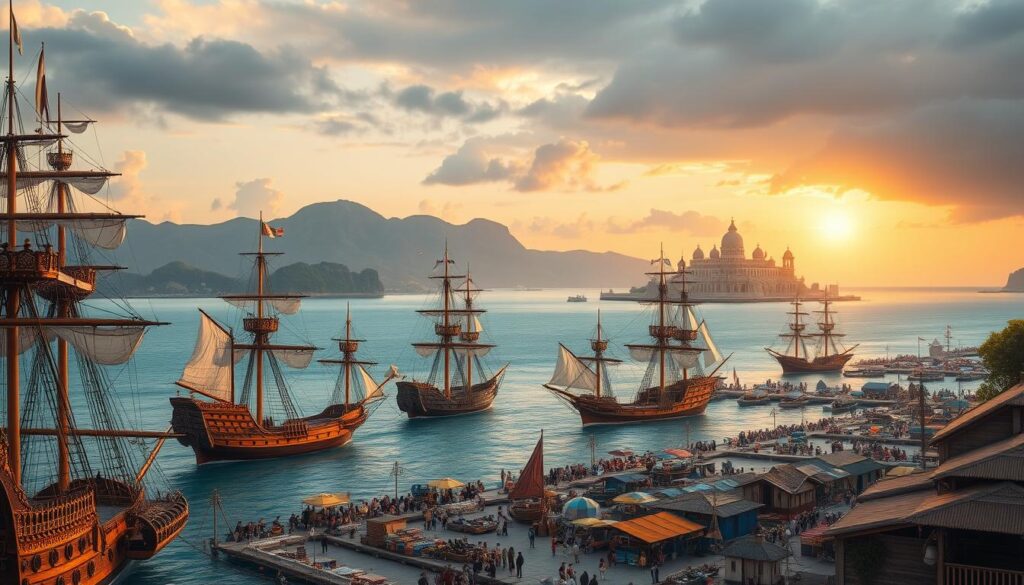
Contemporary Debates and UNESCO Nominations
Recent UNESCO nomination efforts face scrutiny over how they portray Spanish colonial labor practices. A 2022 symposium in New York highlighted this divide, with scholars noting: “Celebrating the ships without honoring their builders perpetuates historical erasure.” Archives reveal indigenous navigation methods crucial to the route’s success, yet these contributions remain underrepresented.
Foreign affairs experts emphasize the crew’s multicultural origins in modern reappraisals. Sailors from Asia, the Americas, and Pacific islands developed survival strategies that reshaped maritime traditions. Their legacy challenges simplistic narratives of conquest.
As debates continue, the Manila galleon trade serves as a mirror for modern identity politics. Its UNESCO candidacy forces nations to confront uncomfortable truths while preserving a pivotal chapter in global exchange.
Conclusion
The legacy of these historic voyages lives in every modern cargo route and cultural connection. Trade networks spanning continents began with ships built through ingenuity and sacrifice. Their curved hulls and hemp sails carried more than silver—they transported languages, crops, and traditions across oceans.
Centuries later, the Manila-Acapulco route remains a blueprint for global exchange. Over 60,000 workers and sailors braved months-long voyages, their expertise shaping maritime practices still used today. From storm-resistant designs to celestial navigation charts, their innovations echo in modern shipyards.
UNESCO recognition debates now highlight this complex heritage. While celebrating economic achievements, scholars emphasize the crew and builders whose names history forgot. Their forced labor fueled an empire, yet their resilience created lasting cultural bridges.
Understanding this story means honoring both the ships and the people who made them sail. Every spice trade route and fusion cuisine recipe traces back to those who dared cross Earth’s largest ocean—proof that human ambition can reshape the world.

